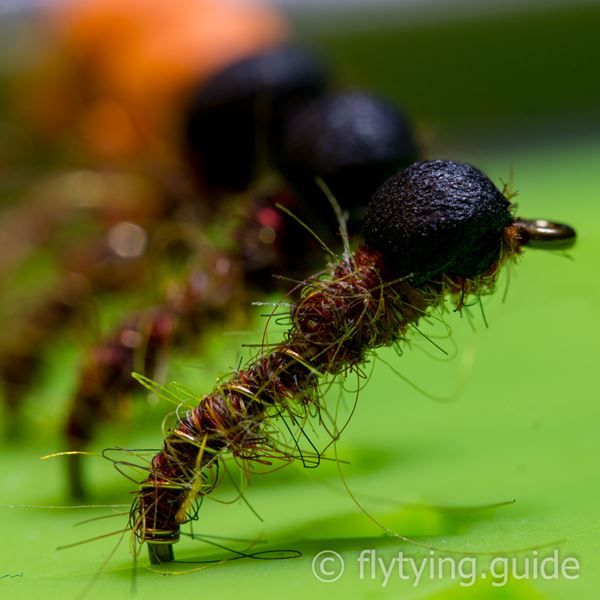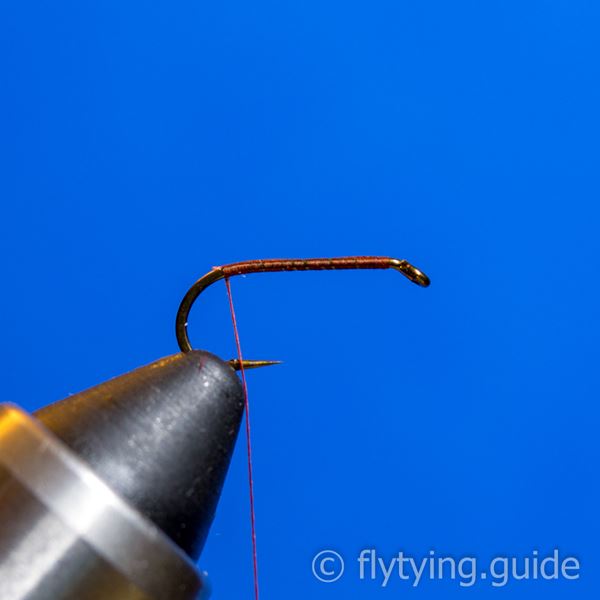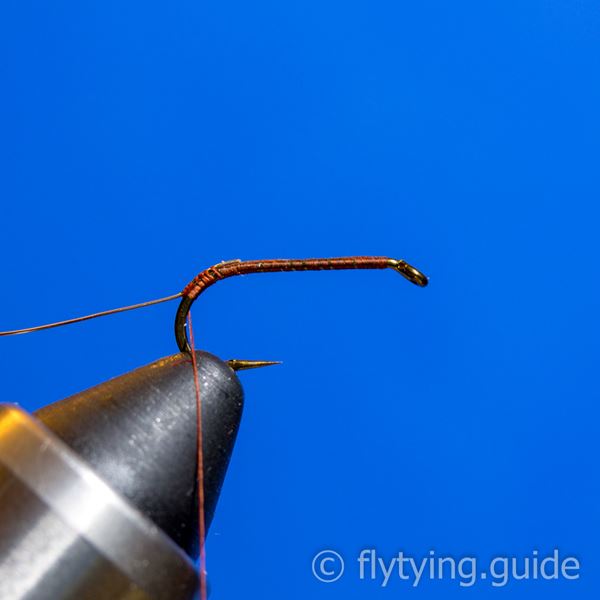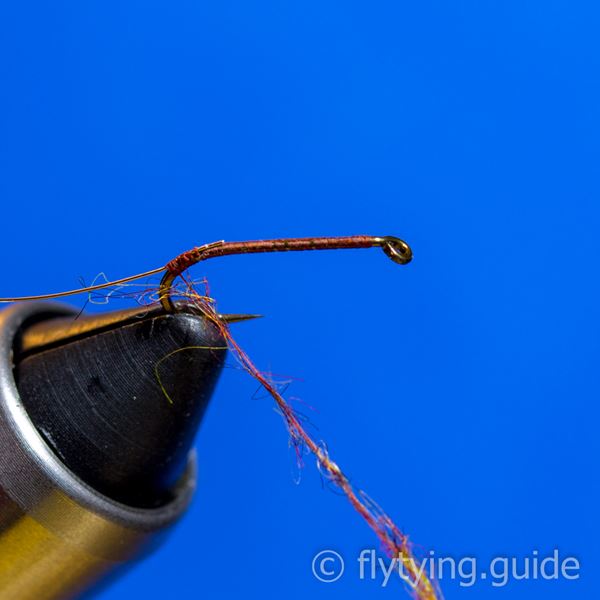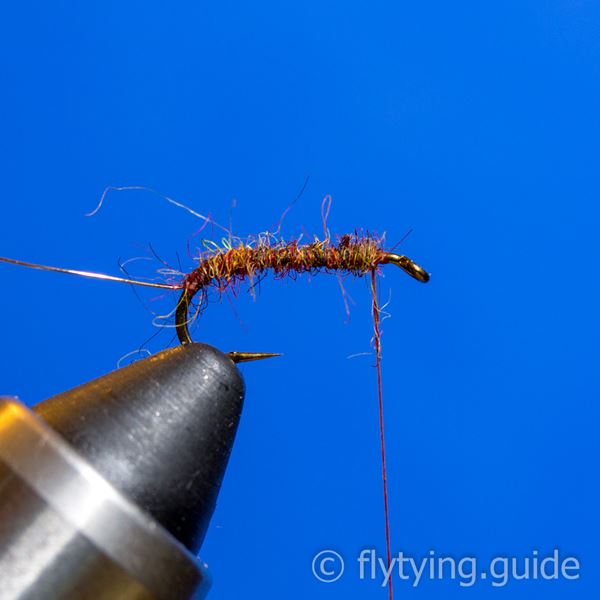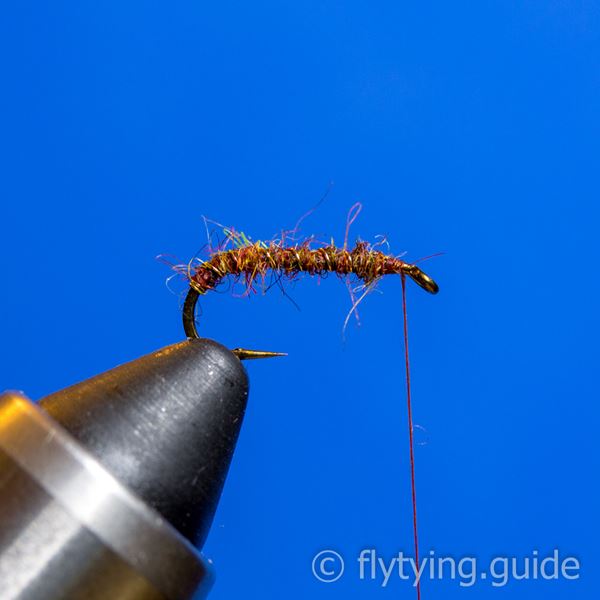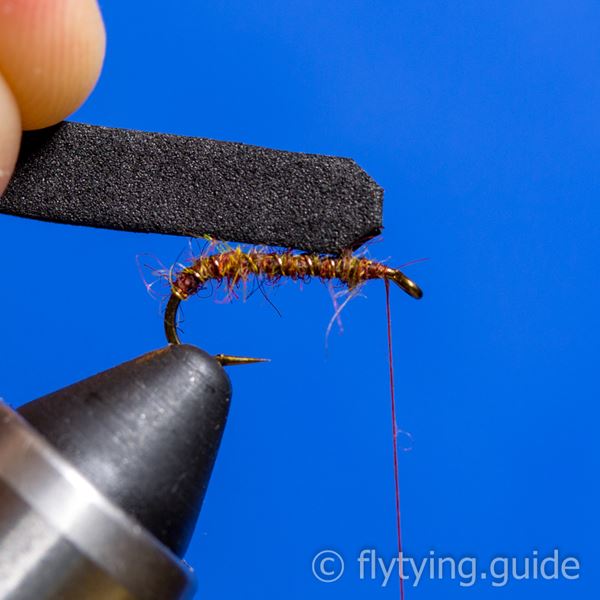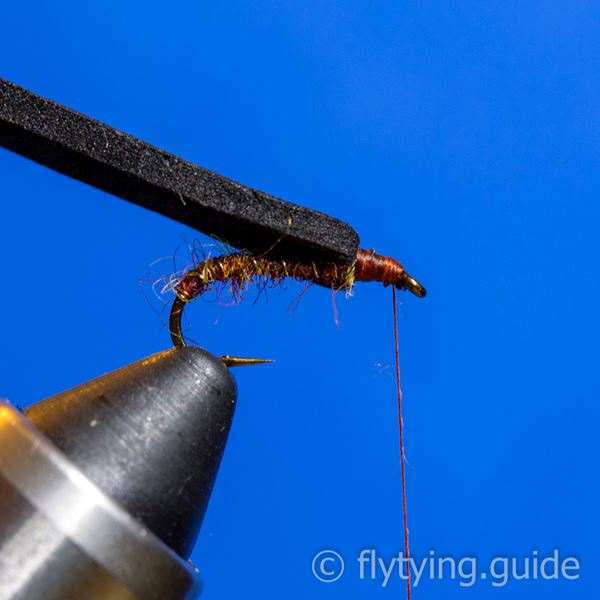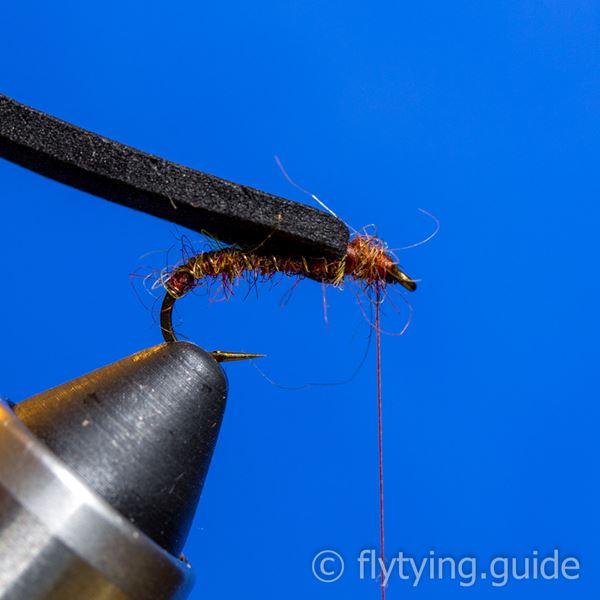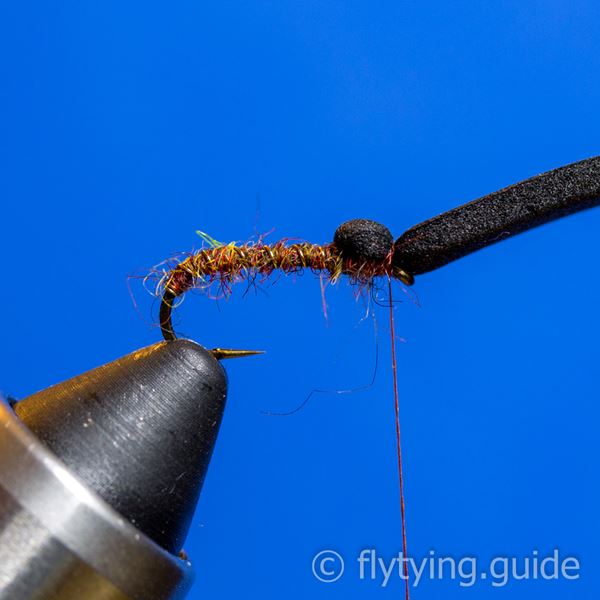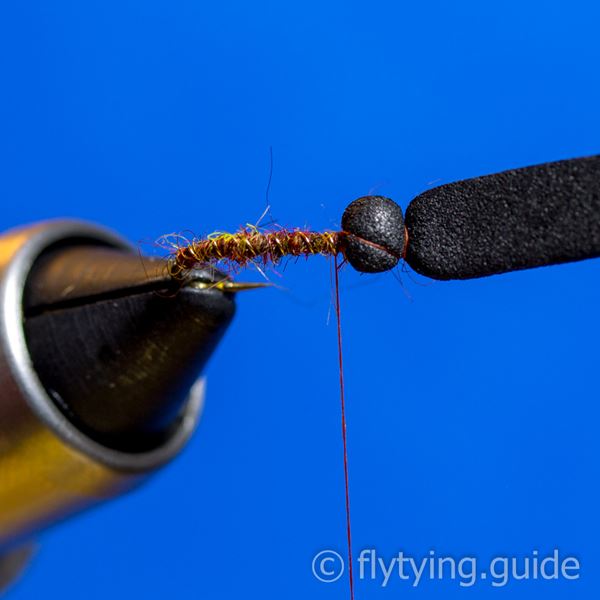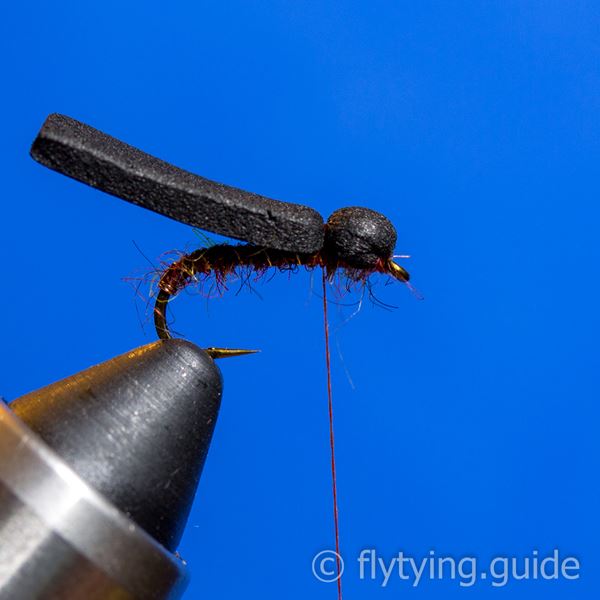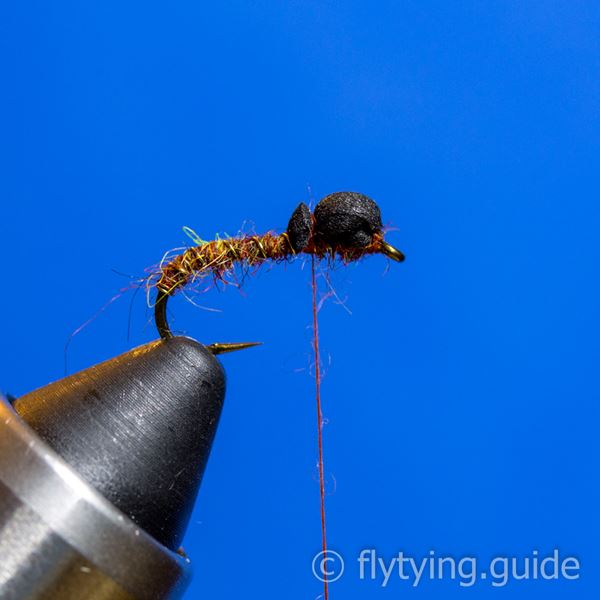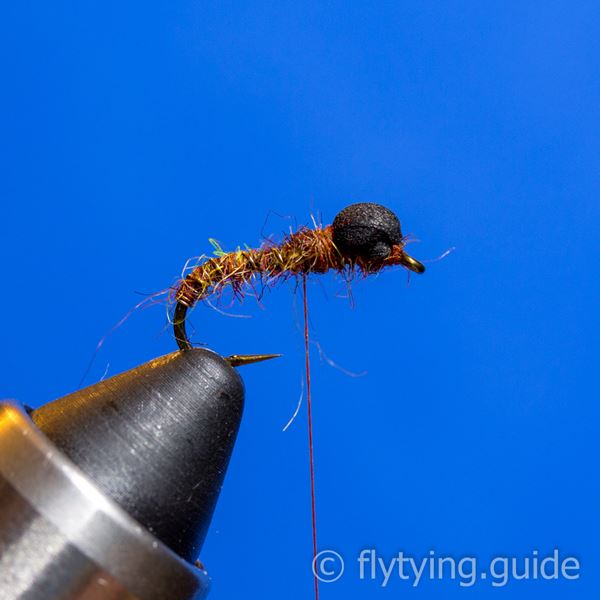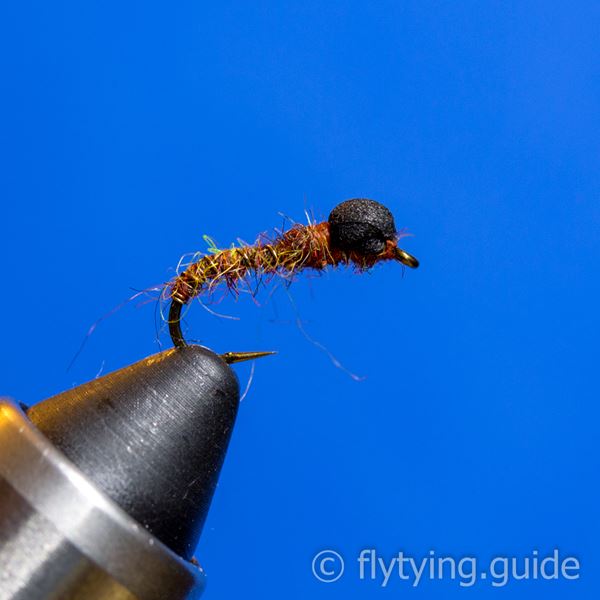Suspended Buzzer
A simple emerger pattern with a slim, scruffy body meant to imitate a small hatching midge. A synthetic seals fur alternative is used for the body while a foam bubble near the eye keeps the fly in the surface film of the water. Experiment in a glass of water to determine the amount of foam needed to keep your fly floating with the hook and materials you choose. This pattern has been altered slightly from the one presented in The Fly-Tying Bible.
- Source: The Fly-Tying Bible
- Submitted By: Fly Tying Guide
